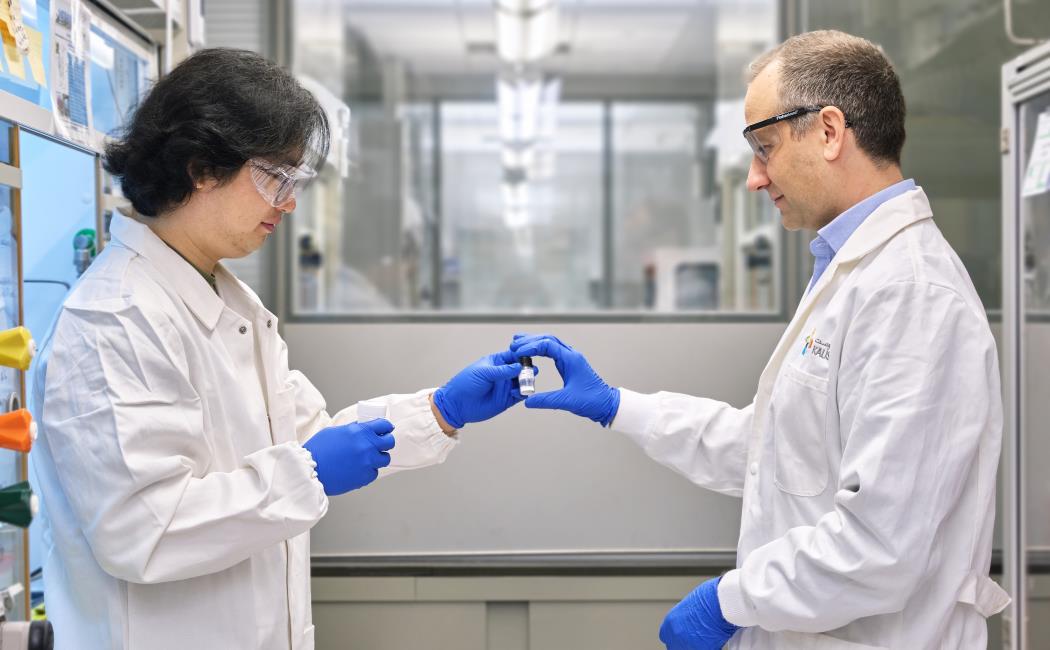
19 April, 2023
A key ingredient in the manufacture of car tires and sneaker soles could be made sustainably, following new analysis of an old catalytic process. Butadiene, an essential component of synthetic rubber, is currently produced by the petrochemical industry from fossil reserves. But it could be efficiently made in a one-step reaction from renewable ethanol using a modernized version of an unusual old catalyst.
“Butadiene is currently produced as a byproduct of the petrochemical industry, which can lead to shortages in its supply,” explains Sang-Ho Chung, a research scientist in the labs of Javier Ruiz-Martinez, with whom he co-led the work[1]. “Also, these routes are clearly not sustainable,” he adds.
These challenges in butadiene production have sparked renewed interest in the Lebedev process, first developed in the 1930s, that converts ethanol to butadiene in a single catalytic reactor. “Sustainable butadiene could be made by using bioethanol in the Lebedev process or even ethanol made using cutting-edge CO2-to-ethanol processes,” Chung says.
The Lebedev process is driven by silica-magnesia catalysts that are produced by an unusual method called wet kneading. The method involves combining solid catalyst precursors in water under continuous mixing. “Wet kneading is quite uncommon in catalyst preparation, but it is often applied to prepare high-performance silica-magnesia catalysts for the Lebedev process,” Ruiz-Martinez says.
Read the full story at KAUST Discovery.